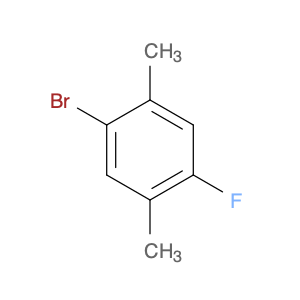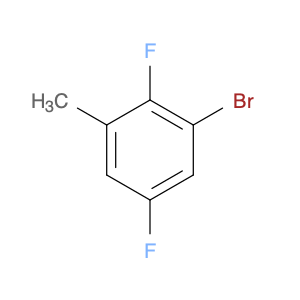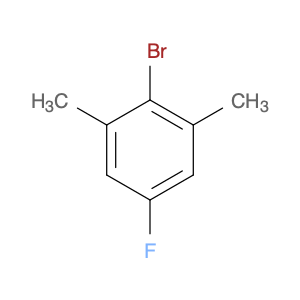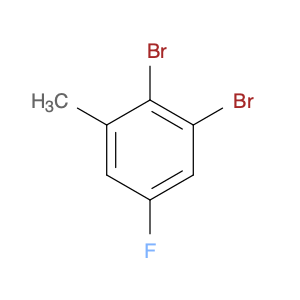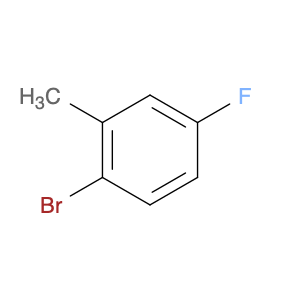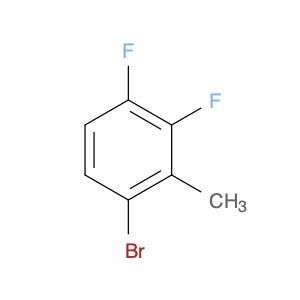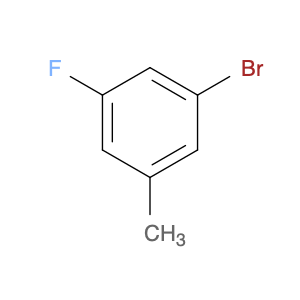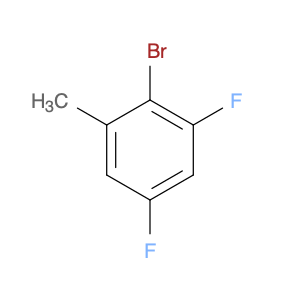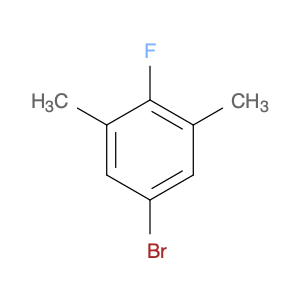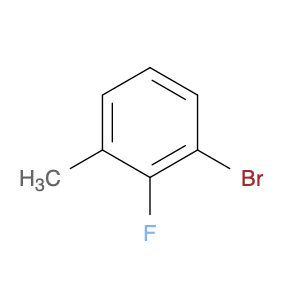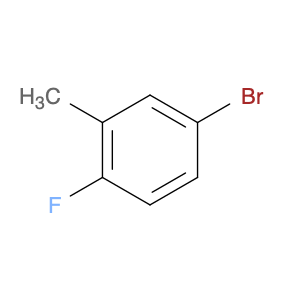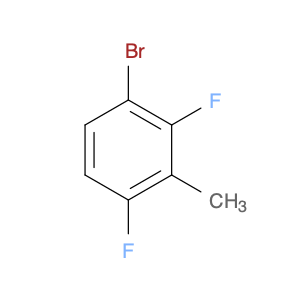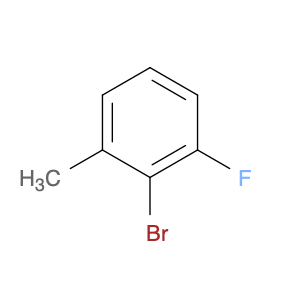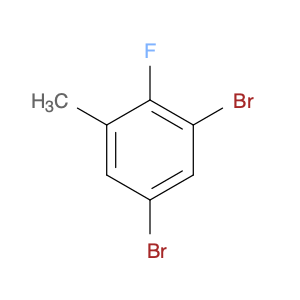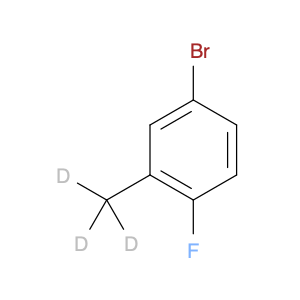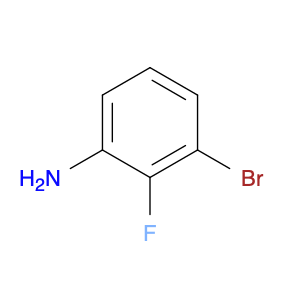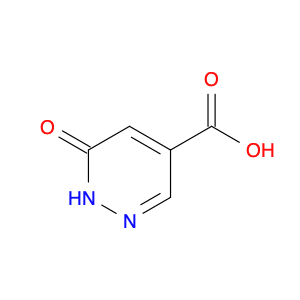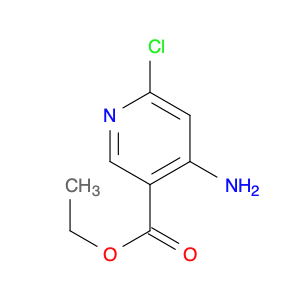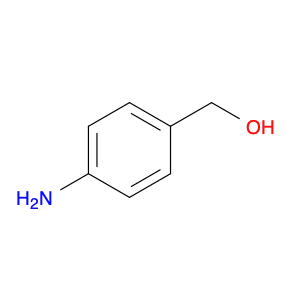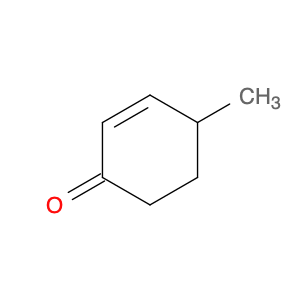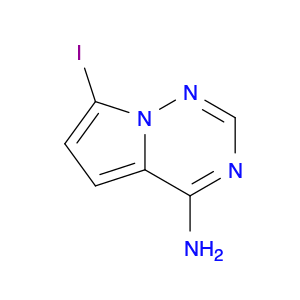1-Bromo-4-fluoro-2,5-dimethylbenzene is a versatile compound widely used in chemical synthesis. This compound serves as a valuable building block in the preparation of various organic compounds due to its unique structural properties. In particular, the presence of the bromo and fluoro substituents on the benzene ring makes 1-Bromo-4-fluoro-2,5-dimethylbenzene an important intermediate in the synthesis of pharmaceuticals, agrochemicals, and materials.One of the key applications of 1-Bromo-4-fluoro-2,5-dimethylbenzene is in the preparation of new drug candidates. By utilizing this compound as a starting material, chemists can introduce specific functional groups or molecules to the benzene ring, creating novel structures with potential therapeutic properties. Furthermore, the bromine and fluorine atoms on the benzene ring can participate in various chemical reactions, allowing for further modification and diversification of the molecular structure.Additionally, 1-Bromo-4-fluoro-2,5-dimethylbenzene is often used in the synthesis of agrochemicals, such as insecticides and herbicides. Its reactivity and compatibility with other chemical reagents make it a valuable component in the development of effective crop protection products. The presence of the bromo and fluoro groups can enhance the biological activity of the final agrochemical compound, making it more potent and selective in targeting pests or weeds.Moreover, this compound finds application in material science for the preparation of specialty polymers and compounds with specific properties. The incorporation of 1-Bromo-4-fluoro-2,5-dimethylbenzene into polymer chains can lead to the production of materials with enhanced durability, thermal stability, or electrical conductivity. By leveraging the reactivity of this compound in polymer synthesis, chemists can tailor the properties of the final material to meet the desired specifications for various industrial applications.In summary, 1-Bromo-4-fluoro-2,5-dimethylbenzene plays a crucial role in chemical synthesis, enabling the access to a wide range of organic compounds with diverse applications in pharmaceuticals, agrochemicals, and materials science. Its unique structure and reactivity make it a valuable tool for chemists seeking to design and develop new molecules with tailored properties and functions.
 sales@aaronchem.com
sales@aaronchem.com
